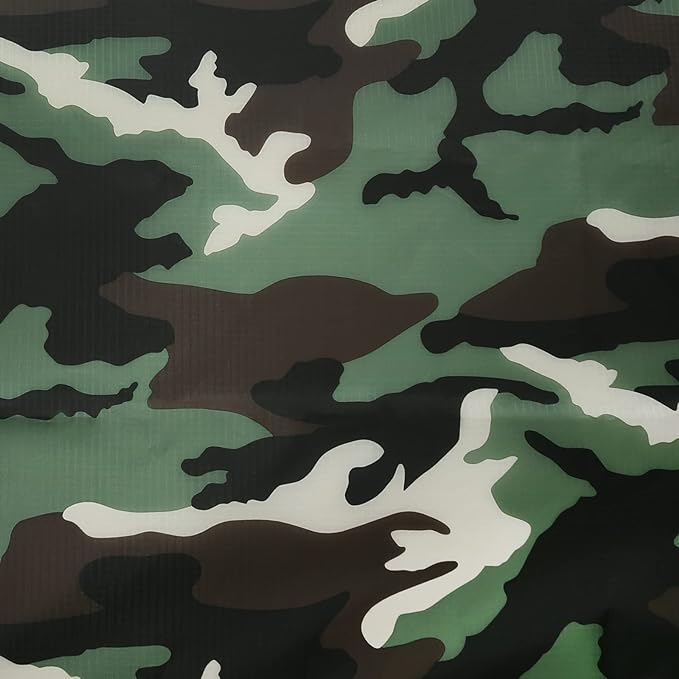The Versatility and Uses of Tarpaulin: An Essential Material for Everyday Life
2024-07-13
Tarpaulins are incredibly useful, but selecting the right one for your specific needs can be challenging due to the variety of materials, sizes, and features available. This blog provides a comprehensive guide to help you choose the perfect tarpaulin for your requirements.
Understanding Tarpaulin Materials

Different materials offer distinct properties, making them suitable for various applications. Here’s a closer look at the most common tarpaulin materials:
1. Polyethylene (PE):
- Properties: Lightweight, waterproof, UV-resistant.
- Uses: Covering goods, outdoor protection, temporary shelters.
2. Polyvinyl Chloride (PVC):
- Properties: Heavy-duty, chemical-resistant, durable.
- Uses: Industrial and agricultural applications, long-term outdoor use.
3. Canvas:
- Properties: Breathable, flexible, less prone to condensation.
- Uses: Painting drop cloths, camping, applications requiring a soft material.
4. Mesh:
- Properties: Allows airflow, provides shading.
- Uses: Shading, debris control, covering ventilated loads.
Determining the Right Size
Choosing the correct size is crucial for ensuring your tarpaulin covers the intended area effectively. Consider the following:
- Measure the Area: Determine the dimensions of the area or object you need to cover. Add extra length and width to ensure complete coverage and secure fastening.
- Consider Overhang: For applications like covering goods or creating shelters, allow for extra material to create overhangs that provide better protection against rain and wind.
Key Features to Consider
When selecting a tarpaulin, several features can enhance its functionality and durability:
- Grommets: Reinforced eyelets along the edges of the tarp for secure fastening. Look for tarps with rust-resistant grommets for outdoor use.
- Reinforced Edges: Double-stitched or heat-sealed edges increase durability and prevent fraying.
- UV Protection: UV-resistant tarps provide better protection against sun damage, extending the tarp’s lifespan.
- Waterproofing: Ensure the tarp is fully waterproof for applications requiring protection from rain and moisture.
- Color: Darker colors offer better UV protection, while lighter colors can reduce heat absorption.
Application-Specific Tips
Different applications may require specific types of tarpaulins. Here are some tips for choosing the right tarp for common uses:
1. Construction Sites:
- Use heavy-duty PVC tarpaulins for durability and resistance to chemicals and abrasions.
- Ensure the tarp is large enough to cover materials and equipment adequately.
2. Agriculture:
- Opt for UV-resistant PE tarps to protect crops and machinery from sun damage.
- Consider breathable canvas tarps for covering hay to prevent moisture buildup.
3. Camping and Outdoor Activities:
- Lightweight and compact PE tarps are ideal for portability and ease of use.
- Choose tarps with reinforced grommets for secure fastening in windy conditions.
4. Transportation:
- Heavy-duty PVC tarps provide excellent protection for long-distance transport.
- Ensure the tarp size allows for secure covering and tying down of the load.
5. Emergency Relief:
- Lightweight PE tarps are easy to deploy and transport, making them suitable for emergency shelters.
- Waterproof and UV-resistant tarps ensure reliable protection in various weather conditions.
Conclusion
Choosing the right tarpaulin involves understanding the different materials, sizes, and features available. By considering your specific needs and the intended application, you can select a tarp that offers the best protection and durability. Whether for construction, agriculture, camping, transportation, or emergency relief, the right tarpaulin can make all the difference in ensuring your goods and spaces are well-protected.


